Search Images
Browse Content (p. 548)
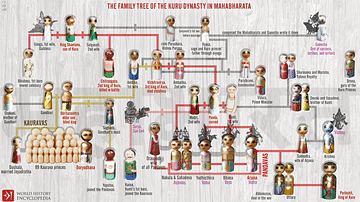
Image
The Family Tree of the Kuru Dynasty in the Mahabharata
Family Tree of the Kuru Dynasty of Hastinapur, according to the epic Indian poem the Mahabharata showing the line of royal and family succession. I would like to thank Atita-guna (@atitaguna108) for letting me use pictures of her beautiful...
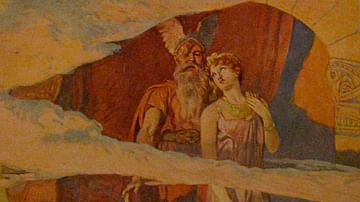
Image
Wodan and Frea
Wodan and Frea (Odin and Frigg) stand out and look out of a window in the heavens, inspired the Origo Gentis Langobardorum. Illustration from 12 of the book Walhall, die Götterwelt der Germanen by Emil Doepler, published by Martin Oldenbourg...
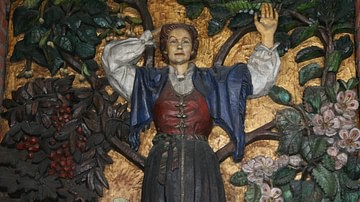
Image
Frigg
Relief showing Frigg, Odin's wife, the goddess of love and destiny, who makes plants and trees promise that they will not harm her son Baldr. Part of a series of 16 beautiful and unique wooden reliefs by Dagfin Werenskiold, depicting Norse...
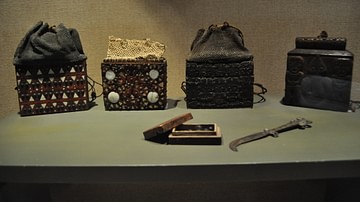
Image
Paiwan's Shaman Boxes
Paiwan's shaman boxes.
Shung Ye Museum of Formosan Aborigines, Taipei, Taiwan.
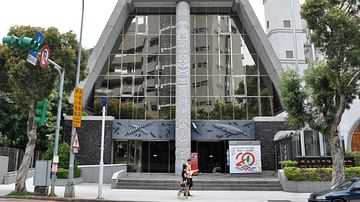
Image
Shung Ye Museum of Formosan Aborigines
Shung Ye Museum of Formosan Aborigines, Taiwan.
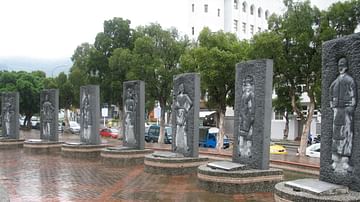
Image
Taiwanese Indigenous Peoples
Aborigine park display across the street from the Shung Ye Museum of Formosan Aborigines in Taipei, Taiwan. The stone carvings each represent one of the recognized aboriginal tribes of Taiwan, with an explanatory plaque at the foot of the...
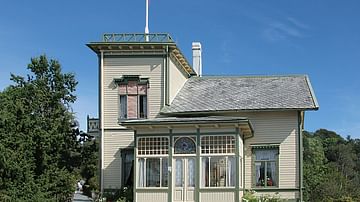
Image
Troldhaugen
Troldhaugen, Bergen, was built c. 1885 and was the home of Norwegian composer Edvard Grieg (1843-1907) until his death. Since 1928, the house has been a museum dedicated to the life and work of the composer.
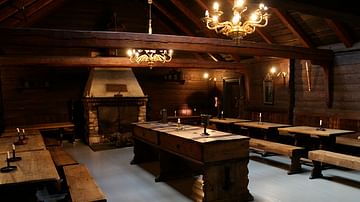
Image
Jakobsfjorden and Bellgården's Schøtstue, Bergen
The "schøtstue" was a traditional building and assembly room of the Hanseatic merchants in Bergen during the Middle Ages. The picture is of the Jakobsfjorden and Bellgården's Schøtstue, which is part of the Hanseatic Museum and Schøtstuene...
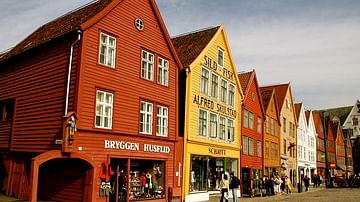
Image
Merchant Houses, Bryggen, Bergen
Bryggen - "The German Dock", is the Hanseatic quarter in Bergen, Norway. The Hanseatic merchants traded stockfish from northern Norway in Bergen between the 14th and 18th centuries and exported to the Hanseatic towns in the Baltic and on...
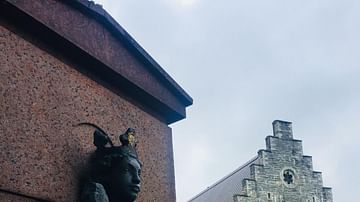
Image
Statue of St. Sunniva in front of Haakon's Hall
A monument and statue dedicated to St. Sunniva (10th century), the patron saint of the Diocese of Bjørgvin, on the site where the now lost Christ Church would have stood in medieval Bergen. In the background is Haakon's Hall, which was built...